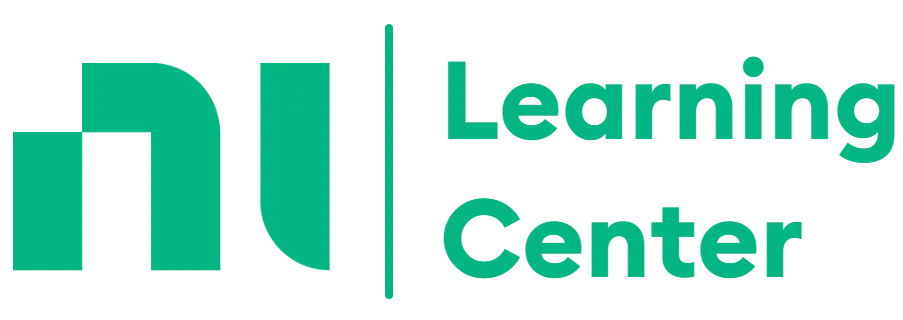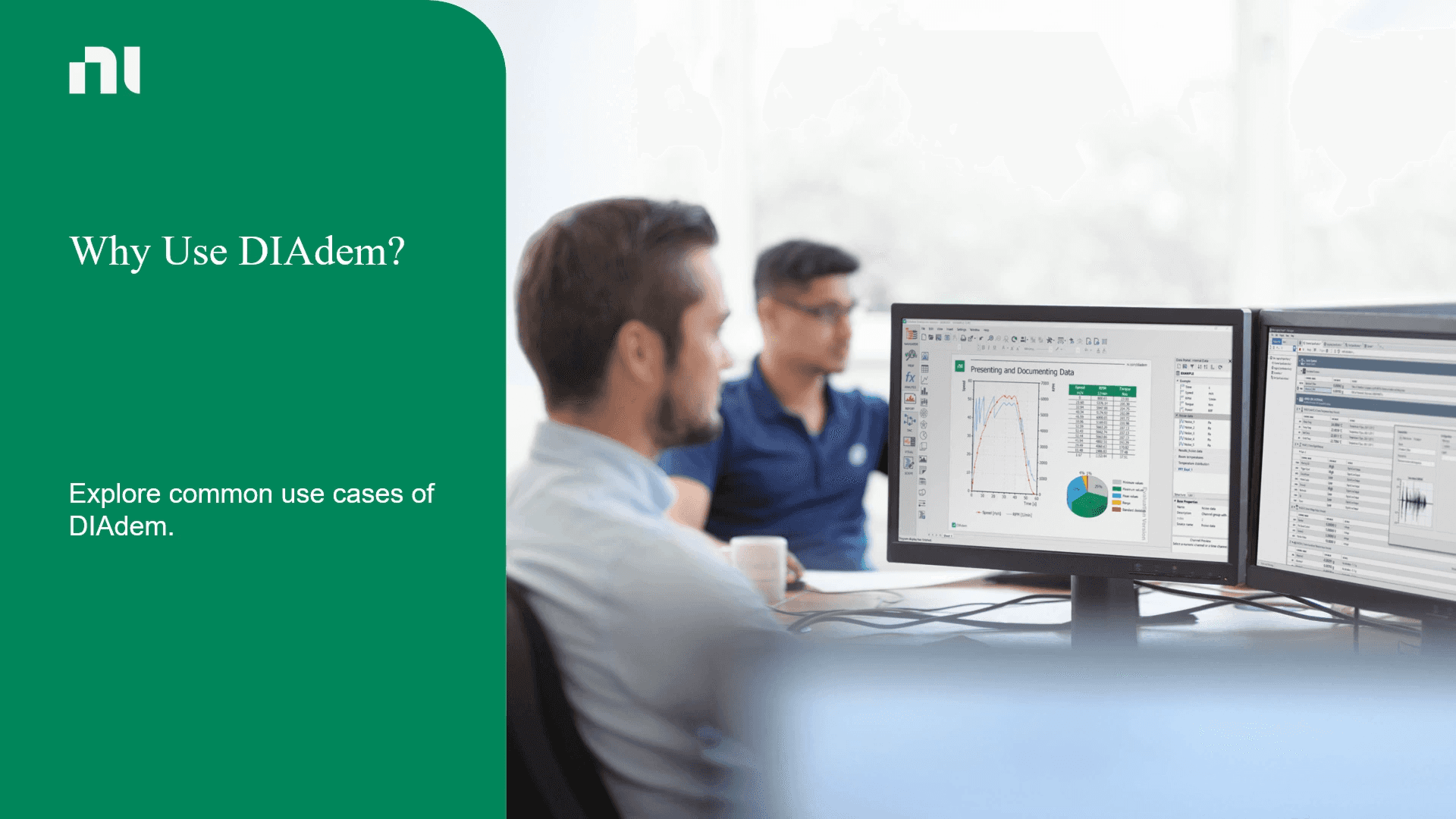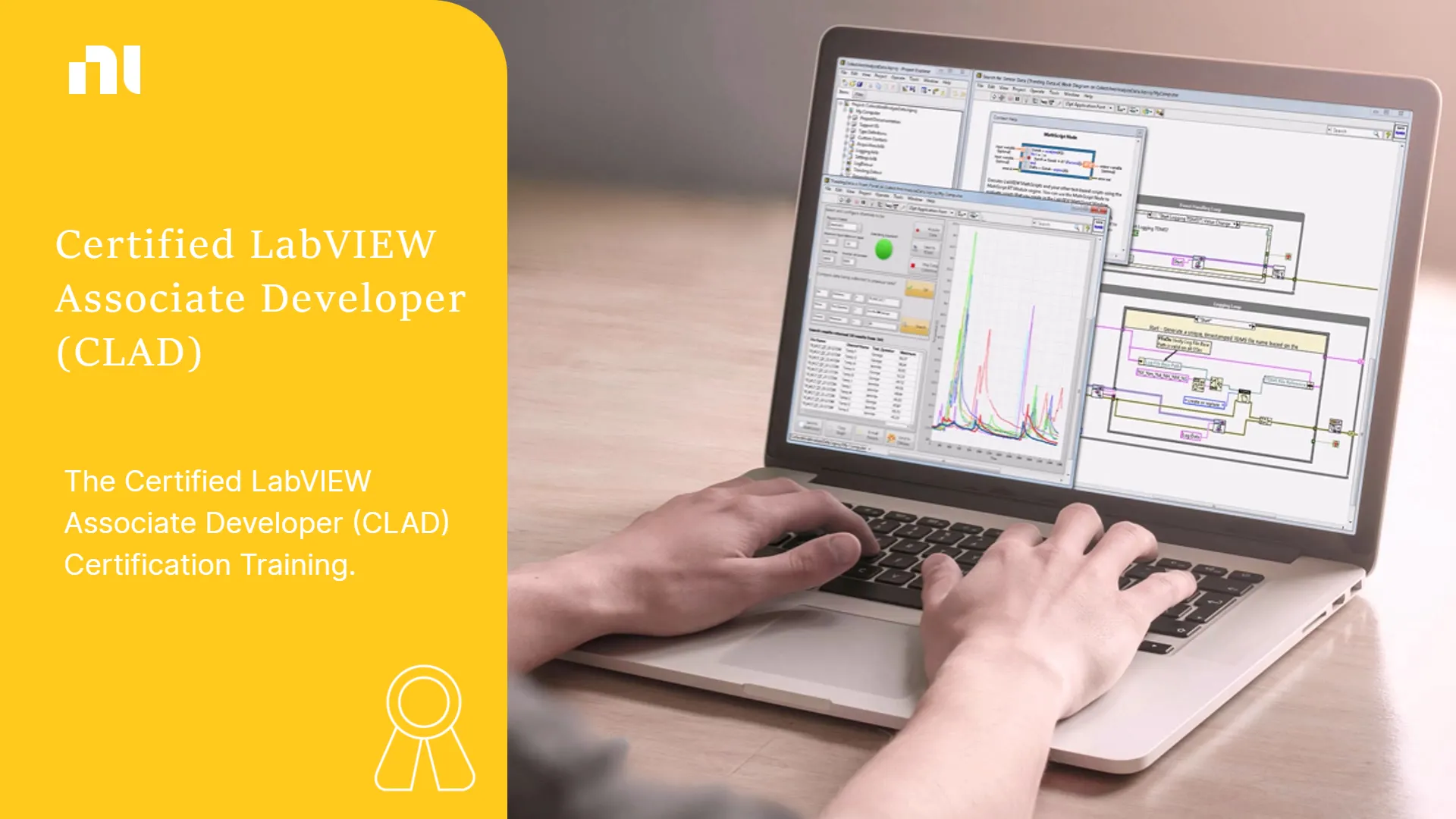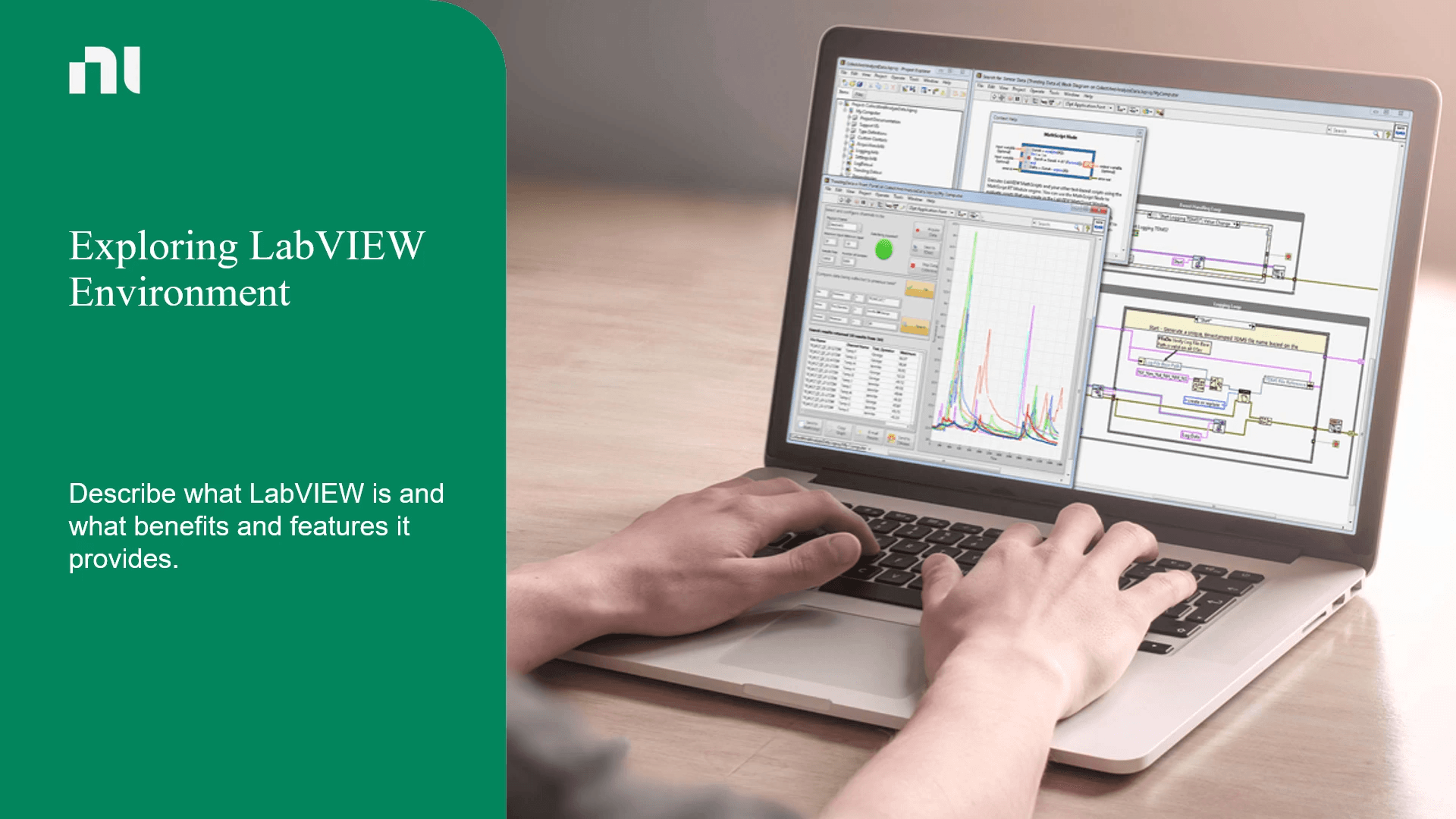Our Top Courses
There are no shortcuts, but there is a better way to get there. Let us show you how.

About Course
This course is an extension of the LabVIEW Core 1 and teaches you to use common design patterns to successfully implement and distribute LabVIEW applications for research, engineering, and testing environments.
Benefits of the course
- Executing multiple parallel loops
- Creating event-driven applications using design patterns
- Controlling the user interface
- Managing configuration settings in an application
- Developing error handling strategies for your application
- Creating and distributing stand-alone executables and package installers
- Identifying Best Programming Practices for use in LabVIEW
- Prerequisites
Course Content
-
Introduction
00:32 -
Uses of Parallel Loops
00:52 -
Communication between Parallel Loops
01:01 -
Demonstration: Parallel Loops and Wires
02:11 -
Knowledge Check
-
Summary
00:14
-
Introduction
00:36 -
Introduction to Channel Wires
00:42 -
Demonstration: Parallel Loops and Channel
02:14 -
Features and Components of Channel Wires
01:02 -
Creating and Using Channel Wires
02:39 -
Types of Channel Templates
01:44 -
Match Pairs
-
Knowledge Check
-
Summary
00:47
-
Introduction
00:25 -
Using Stream Channel Templates
03:01 -
Exercise 1-1: Parallel Loops with a Stream Channel
00:32 -
Knowledge Check
-
Summary
00:21
-
Introduction
00:29 -
Using Tag Channel Templates
03:19 -
Exercise 1-2: A Simple Tag Channel
00:36 -
Knowledge Check
-
Summary
00:21
-
Introduction
00:31 -
Using Messenger Channel Templates
01:47 -
Forkable Channels
01:08 -
Data Types and Debugging
01:03 -
Knowledge Check
-
Summary
00:28
-
Introduction
00:29 -
Interaction with Case Structures
00:33 -
Interaction with SubVIs
00:50 -
Exercise 1-3
00:29 -
Knowledge Check
-
Summary
00:18
-
Introduction
00:29 -
Communicating Data between Parallel Loops
02:13 -
Troubleshooting Buffer Overflow
01:40 -
Demonstration: Fix Buffer Overflow Error Using Streaming Communication
06:50 -
Exercise 1-4
00:26 -
Local vs. Global Variables
02:01 -
Knowledge Check
-
Summary
00:37
-
Introduction
00:30 -
Demonstration: Event-Driven Application Scenario
02:34 -
Event-Driven Programming
00:34 -
Polling vs. Events
01:55 -
Configuring the Event Structure
01:05 -
Demonstration: Event-Driven State Machine Design Pattern
02:54 -
Knowledge Check
-
Summary
00:40
-
Introduction
00:26 -
Event Handler
01:00 -
Demonstration: UI Event Handler Design Pattern
01:55 -
Exercise 2-1
00:19 -
Design Pattern Recommendations and Logic
00:50 -
Knowledge Check
-
Summary
00:23
-
Introduction
00:29 -
Event-Driven State Machine
00:58 -
Demonstration: Event-Driven State Machine
05:04 -
Exercise 2-2
00:23 -
Simple State Machine
00:29 -
Demonstration: Event-Driven State Machine Caveat
02:52 -
Knowledge Check
-
Summary
00:26
-
Introduction
00:31 -
Message Communication
01:34 -
Message Implementation
01:56 -
Message Queue VIs
00:25 -
Demonstration: Producer/Consumer (Events) Design Pattern
02:10 -
Exercise 2-3
00:21 -
Knowledge Check
-
Summary
00:19
-
Introduction
00:19 -
Channeled Message Handler (CMH)
02:24 -
Demonstration: Channeled Message Handler (CMH) Design Pattern
09:52 -
Exercise 2-4
00:20 -
Knowledge Check
-
Summary
00:36
-
Introduction
00:22 -
VI Server Purpose and Usage
00:43 -
Class Hierarchy
00:47 -
Properties
00:43 -
Knowledge Check
-
Summary
00:37
-
Introduction
00:24 -
Property Nodes and Control References
02:28 -
Demonstration: Creating a Property Node
05:17 -
Execution Order and Errors
01:57 -
Exercise 3-1
00:23 -
Knowledge Check
-
Summary
00:20
-
Introduction
00:18 -
Exploring Nodes Part 1
00:33 -
Demonstration: Event-Driven State Machine
05:08 -
Exploring Nodes Part 2
00:44 -
Exercise 3-2
00:22 -
Knowledge Check
-
Summary
00:22
-
Introduction
00:28 -
Benefits and Use Cases of OOP
03:09 -
What is Object-Oriented Design (OOD)?
01:19 -
Knowledge Check
-
Summary
00:16
-
Introduction
00:27 -
What Is a Class?
06:31 -
What Is an Object?
02:31 -
What Is a Method?
00:57 -
Knowledge Check
-
Summary
00:24
-
Introduction
00:16 -
Encapsulating Data in LabVIEW
04:43 -
Demonstration: Creating a Class in LabVIEW
06:38 -
Knowledge Check
-
Summary
00:21
-
Introduction
00:19 -
Using OOP to Define Code Modules
01:03 -
Knowledge Check
-
Summary
00:23
-
Introduction
00:23 -
Configuration Settings
02:26 -
Working with Configuration Settings
01:34 -
Knowledge Check
-
Summary
00:27
-
Introduction
00:31 -
What Is a Delimited File?
00:36 -
Working with a Delimited File
02:05 -
Pros and Cons of Using a Delimited File
00:22 -
Match Pairs
-
Summary
00:24
-
Introduction
00:33 -
Exploring Initialization Files
00:48 -
Working with Initialization Files
01:59 -
Pros and Cons of Using an INI File
00:28 -
Demonstration: Using an INI File to Manage Configuration Data
03:35 -
Exercise 5-1
00:23 -
Knowledge Check
-
Summary
00:19
-
Introduction
00:27 -
Basics of Error Handling
01:48 -
Automatic Error Handling (AEH)
02:12 -
Five Aspects of Error Handling
08:47 -
Development vs. Deployment Phases
00:43 -
Knowledge Check
-
Summary
00:33
-
Introduction
00:21 -
Simple Error Management
00:49 -
Local Error Response
03:54 -
Exercise 6-1
00:20 -
Knowledge Check
-
Summary
00:28
-
Introduction
00:24 -
Execution Logs and Outputs
00:36 -
Execution Logs Example Code
01:33 -
Exercise 6-2
00:25 -
Knowledge Check
-
Summary
00:27
-
Introduction
00:28 -
Manually Injecting an Error
01:13 -
Verifying Error Handling Behavior
00:43 -
Demonstration: Injecting Errors Example
02:31 -
Exercise 6-3
00:18 -
Knowledge Check
-
Summary
00:14
-
Introduction
00:16 -
Preparing Files
03:43 -
Exercise 7-1
00:23 -
Knowledge Check
-
Summary
00:31
-
Introduction
00:17 -
Build Specifications
03:23 -
Knowledge Check
-
Summary
00:17
-
Introduction
00:29 -
System Requirements and Build Specifications
02:23 -
Application Properties
03:02 -
Build Specifications Status
00:44 -
Verifying and Debugging
02:53 -
Demonstration: Creating an Application
06:35 -
Exercise 7-2
00:20 -
Knowledge Check
-
Summary
00:32
-
Introduction
00:25 -
Creating Packages and Package Installer
01:10 -
Package Properties and Build Completion
02:05 -
Exercise 7-3
00:21 -
Knowledge Check
-
Summary
00:33
-
Introduction
00:23 -
Programming Guidelines in LabVIEW
07:40 -
Best Practices in LabVIEW
16:26 -
Match Pairs
-
Summary
00:44
-
Introduction
00:13 -
Writing Performant Code in LabVIEW
07:47 -
Match Pairs
-
Summary
00:41
-
Introduction
00:25 -
Project Management
03:07 -
Source Code Control
02:27 -
Code Review and Testing
03:09 -
Continuous Integration
02:18 -
Match Pairs
-
Summary
00:49
$515.00
$1,030.00
- Lessons173
- Quizzes34
- Skill LevelIntermediate
- LanguageEnglish
- Course Duration 4h
Tags
Target Audience
- Executing multiple parallel loops
- Creating event-driven applications using design patterns
- Controlling the user interface
- Managing configuration settings in an application
- Developing error handling strategies for your application
- Creating and distributing stand-alone executables and package installers
- Identifying Best Programming Practices for use in LabVIEW
LabVIEW Core 2
$515.00
$1,030.00
Hi, Welcome back!



